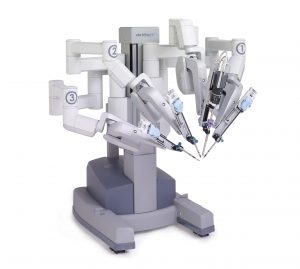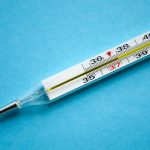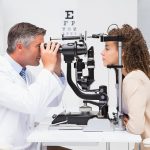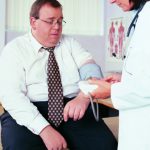The Department of Surgery at Flushing Hospital Medical Center, with the help of a robot named da Vinci, recently reached a major milestone. In late 2017, surgeons at Flushing Hospital completed their 1000th robotic surgical procedure.
Flushing Hospital added the da Vinci robotic surgical platforms to the Department of Surgery a little over two years ago – and the response to the system has been overwhelming. Using da Vinci’s advanced technology surgeons at Flushing Hospital now perform minimally invasive procedures with much better outcomes.
The da Vinci Surgical Robotic Platform serves as an extension of the hospital’s highly trained and esteemed surgeons. It consists of a console located in the operating room where the surgeon sits and controls the movements of the robot’s arms during surgery.
The extremely precise tool has proven to be a safer option for patients and it affords them many advantages, including:
- Minimal scarring
- Less pain and blood loss
- Faster recovery time
- Reduced risk of infection
- Shorter hospital stay
 Many of Flushing Hospital’s surgeons across many specialties have been trained on the da Vinci system over the past two years and they have used it to benefit their patients requiring general, bariatric (weight loss), gynecology, urology, GI, and hernia procedures, just to name a few. The wide variety of uses combined with the numerous benefits has made the da Vinci a popular choice for Flushing Hospital doctors and patients.
Many of Flushing Hospital’s surgeons across many specialties have been trained on the da Vinci system over the past two years and they have used it to benefit their patients requiring general, bariatric (weight loss), gynecology, urology, GI, and hernia procedures, just to name a few. The wide variety of uses combined with the numerous benefits has made the da Vinci a popular choice for Flushing Hospital doctors and patients.
The hospital is very proud to have performed over 1000 cases in such a short period of time. This achievement confirms that Flushing Hospital is now a leader in robotic surgical technology and a preferred destination for some many opting for this highly advanced technology.
For more information about the da Vinci surgical system at Flushing Hospital, please call 718-670-3135.
All content of this newsletter is intended for general information purposes only and is not intended or implied to be a substitute for professional medical advice, diagnosis or treatment. Please consult a medical professional before adopting any of the suggestions on this page. You must never disregard professional medical advice or delay seeking medical treatment based upon any content of this newsletter. PROMPTLY CONSULT YOUR PHYSICIAN OR CALL 911 IF YOU BELIEVE YOU HAVE A MEDICAL EMERGENCY.










